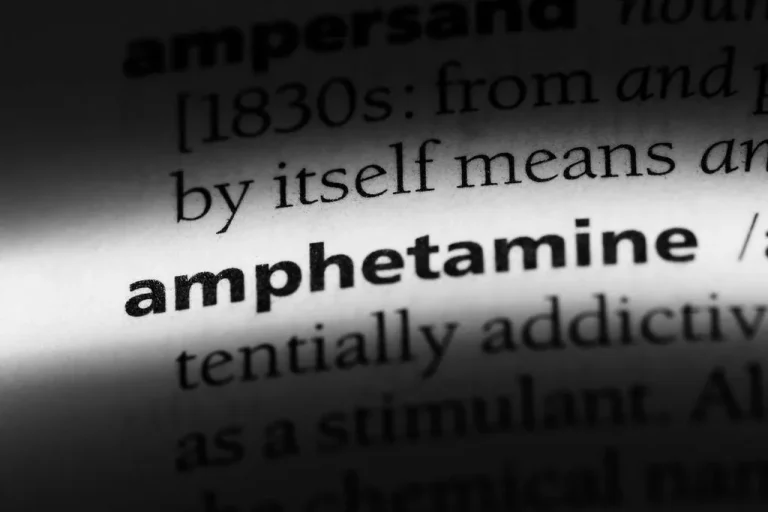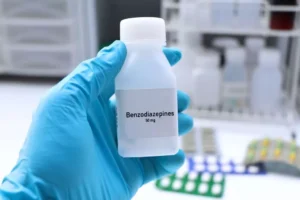
Symptoms can appear or worsen when someone abruptly stops drinking alcohol after a prolonged period of heavy use. They may be mistaken for other conditions, so timely medical attention is essential for an accurate diagnosis. Triglycerides stored in adipose tissue undergo lipolysis and are released into the circulation as free fatty acids bound ionically to albumin. Free fatty acids are removed by the liver, where they primarily undergo oxidation to hydroxybutyric acid and acetoacetate and subsequently are reesterified to triglyceride. Decreased insulin and elevated glucagon, cortisol, catecholamine, and growth hormone levels can increase the rate of ketogenesis. In contrast to diabetic ketoacidosis, the predominant ketone body in AKA is β-OH.
How much weight can you lose by quitting drinking?
- Ketone and blood glucose testing kits are available for purchase online.
- Alcohol inhibits gluconeogenesis, leading to decreased glucose production and availability for energy metabolism.
- First and foremost, initial stabilization is vital, as it helps to manage the symptoms and complications of alcoholic ketoacidosis.
- If you develop any of these symptoms, seek emergency medical attention.
- This odor, known as the ketone odor, results from the accumulation of ketone bodies in your bloodstream.
It’s similar to DKA in that it can cause a diabetic coma or death if left untreated. In order to experience alcoholic ketoacidosis, a person often has to drink large quantities of alcohol, while also being malnourished. If you have been intentionally fasting or eating a ketogenic diet, fruity breath is not a cause for concern—it’s just a sign that your body has entered ketosis. As your body breaks down food and fat in different ways, it releases chemicals that are then expelled when you breathe out. Learn more about fruity breath—including when your fruity breath should cause you to seek out medical attention. For over 50 years, we’ve been administering evidence-based treatments with a compassionate approach to help patients find lasting freedom from addiction.
How Can Alcoholic Ketoacidosis Be Prevented?
Alcoholic ketoacidosis (AKA) is a serious condition that arises from excessive alcohol consumption, particularly among individuals with a history of alcohol use disorder. This condition involves the accumulation of ketones in the bloodstream due to insufficient glucose for energy, leading to high anion gap metabolic acidosis. Recognizing the symptoms of AKA is crucial for timely treatment and recovery. Medical professionals use a combination of test results to assess if an individual is in a state of ketoacidosis, a condition characterized by elevated levels of ketones in the blood. These tests include measuring ketone levels, often detecting high concentrations of acetoacetate and beta-hydroxybutyrate. Additionally, they may evaluate blood glucose levels, as well as assess for metabolic acidosis by checking factors such as anion gap and bicarbonate levels.

Is Fruity Breath From Dieting Dangerous?

By seeking proper treatment and guidance, you can take the necessary steps toward recovery and a healthier life. Finally, while treating the acute symptoms of alcoholic ketoacidosis is important, addressing the root cause – long-term alcohol use – is equally essential. We understand the challenges you or a loved one might face, and we recommend seeking professional help and support. A comprehensive treatment plan, such as those provided at Sabino Recovery, may be tailored to your unique needs. This may include therapy, education, and support groups, to assist you in understanding the nature of addiction and adopting new coping mechanisms to maintain sobriety.

Nutritional Support and Thiamine
Furthermore, alcohol impairs the normal functioning of the pancreas, which plays a crucial role in regulating blood sugar levels. Chronic alcohol abuse can lead to pancreatitis, inflammation of the pancreas, which further disrupts glucose metabolism. The alcoholic ketoacidosis smell is like acetone or nail polish remover, noticeable when someone exhales ketone molecules. The diabetic form of ketoacidosis may have a sweet and fruity smell rather than one like acetone. If you are diagnosed with alcoholic ketoacidosis, your recovery will depend on a number of factors.
- Alcohol abuse is a widespread problem that affects millions of individuals worldwide.
- Magnesium and phosphate levels should be measured and repleted if the serum levels are found low.
- These symptoms may vary in intensity and could lead to decreased alertness or even coma in severe cases.
- Laboratory tests are essential for confirming the diagnosis of AKA and ruling out other conditions.
- We understand the challenges you or a loved one might face, and we recommend seeking professional help and support.
Symptoms of Alcoholic Ketoacidosis
For those with alcohol use disorders, professional treatment is necessary to stop excessive drinking. First and foremost, initial stabilization is vital, as it helps to manage the symptoms and complications of alcoholic ketoacidosis. The primary goal is to restore your body’s electrolyte levels, such as potassium, magnesium, and phosphorus. This is usually done through administering intravenous saline to rehydrate and replenish electrolytes.
Top doctors in ,
Free fatty acids are either oxidized to CO2 or ketone bodies (acetoacetate, hydroxybutyrate, and acetone), or they are esterified to triacylglycerol and phospholipid. Carnitine acyltransferase (CAT) transports free fatty acids into the mitochondria and therefore regulates their entry into the oxidative pathway. If a person does not have enough insulin, their body is unable to convert blood sugar to glucose, which the body uses as fuel. Without glucose to burn, the body enters a severe form of ketosis, releasing enough ketones into the blood that the ketones begin poisoning the person.
These factors collectively contribute to the high anion gap metabolic acidosis characteristic of AKA. At our treatment centers, we offer the medical attention you need, combined with the caring, confidential services you deserve. Our team is skilled at helping individuals overcome the negative effects of alcohol abuse and get on the road to lasting recovery. Upon discharge from the hospital, your doctor may recommend connecting you with resources and support to aid in your recovery from alcohol use disorder. This could include referrals to counseling, therapy, or rehabilitation programs, providing you with a structured path toward sustained sobriety. Efficient and timely management can lead to enhanced patient outcomes in patients with AKA.
Meetings are widely available at little-to-no cost in most communities. Support groups can be a valuable source of support alcoholic ketoacidosis and can be combined with medication and therapy. These symptoms usually are attributed to alcoholic gastritis or pancreatitis. While following the diet, a person should ensure that they consume enough liquids and electrolytes.

If a person is already malnourished due to alcoholism, they may develop alcoholic ketoacidosis. This can occur as soon as one day after a drinking binge, depending on nutritional status, overall health status, and the amount of alcohol consumed. When the breath of a person with diabetes smells like acetone, they should check their blood sugar levels. However, Alcoholics Anonymous if there is too much glucose in the blood and too little in the cells — as can happen with diabetes — ketone levels can rise too high.